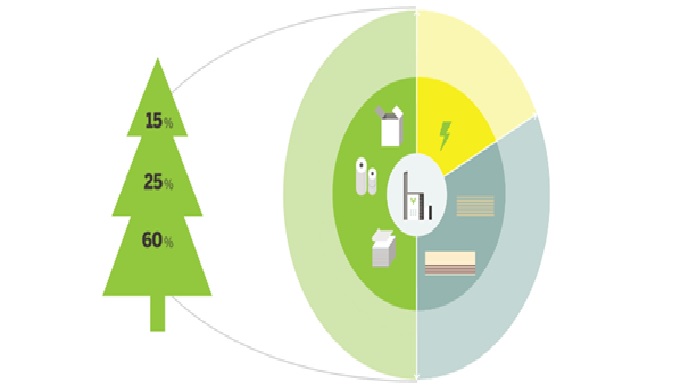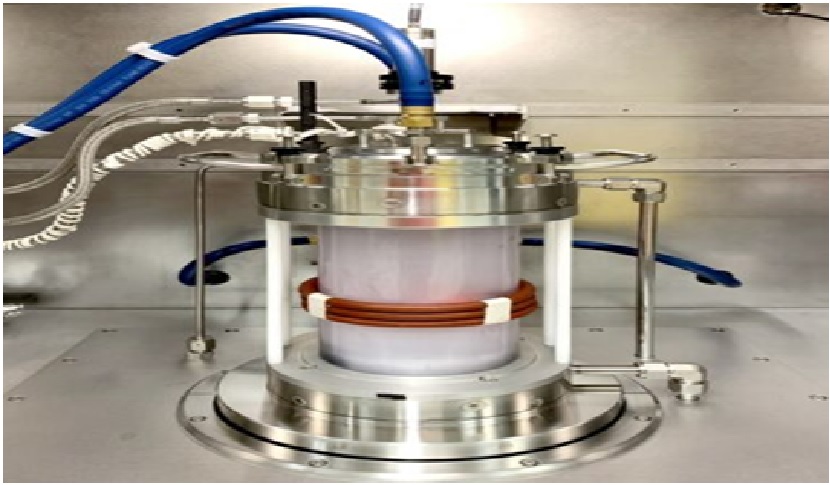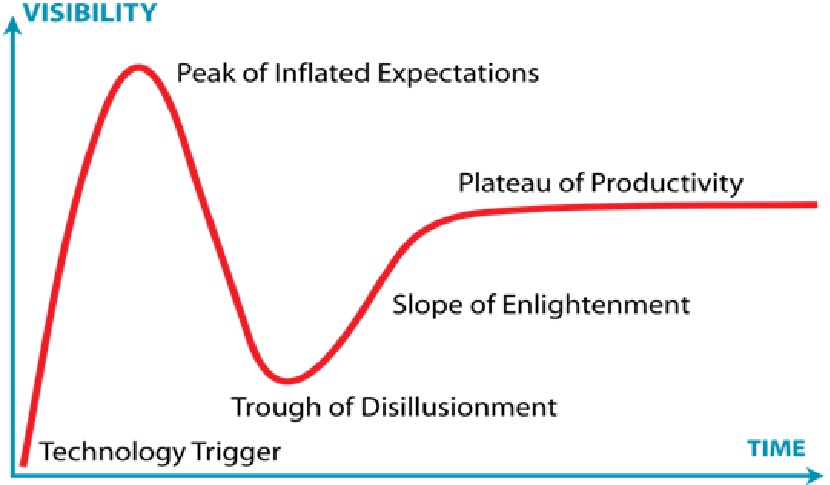New Technique to Predict Adaptive Soil Recovery Following Wildfires
A team of investigators from Colorado School of Mines,devised a new method to predict changes in plant growth and water quality in the wake of wildfires.“To make practical predictions about recovery, we had to use a modern artificial intelligence tool called statistical learning,” said John Spear.

Figure 1. Predicting changes in plant growth and water quality in the wake of wildfires.
Figure 1 shows that, when we fed data about microbes and nutrients into this model, we were able to predict how soils are changed by fire more accurately. Researcher emphasized that the accuracy was increased by combining information about the types and amounts of both microbes and nutrients. [1]
“This apparent contradiction is a fascinating outcome of our study and runs contrary to the common wisdom that if we measure 99% of what’s living in soil, we’ll have a great sense of how that soil will behave,” said Alexander S. Honeyman.
The investigators were also able to predict water quality by analyzing the microbiome for species that affect both soil regeneration and downstream waters, said Spear, who added that the methodology may lead to a better understanding of both terrestrial and aquatic ecosystem recovery post-wildfire.
In the study, “We went out to active wildfires in Colorado in 2018 and 2019, and collected soil shortly after the smoldering stopped, collecting more samples, and followed up as the landscape recovered from the black of burn to the green of new growth.”said Spear.
Back in the lab, the investigators measured soil carbon, nitrogen and other important molecules. They also took the census of the microbiome — the species present, and the quantities of each in the soils. [2]
"The trick," said Spear, "was to do this over and over in a thorough fashion for 3 years, generating a dataset of more than 500 soil samples. Then, we wanted to see if the pattern of recovery of soil after fire could be predicted from this unique dataset, using statistical learning."
The methodology worked, despite the fact that the dataset is quite diverse -- representing different severities of wildfire and various soil types and seasons. As climate change contributes to more frequent fires, it is critical that we understand how to manage the recovery of burned soil, particularly in the western U.S., said Spear.
Spear noted that the methodology could likely also be applied to agriculture to boost food production "even while using less water and less fertilizer, thus saving money." [3]
References:
- https://darik.news/colorado/new-technique-predicts-favorable-soil-recovery-after-wildfires-study/669024.html
- https://www.zee5.com/articles/adaptive-soil-recovery-following-wildfires-is-predicted-by-new-technique-study
- https://news.webindia123.com/news/articles/Science/20220726/3966848.html
Cite this article:
Sri Vasagi K (2022), New Technique to Predict Adaptive Soil Recovery Following Wildfires, AnaTechMaz, pp.177















